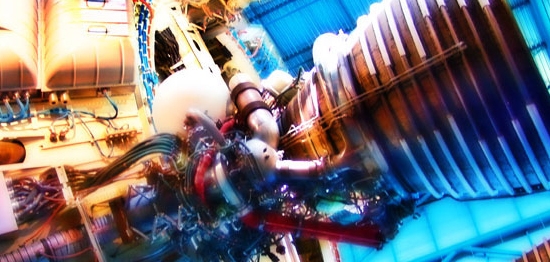| School | Program | Admissions |
|---|---|---|
Arizona State University |
Online Bachelors in Exploratory Math, Physical Sciences, Engineering and Technology
Are you interested in technology, data and all things STEM, but aren’t yet sure of which degree to choose? If so, the math, physical sciences, engineering and technology exploratory track is a great option for you. |
Website |
Arizona State University |
Online Master of Science in Industrial Engineering
This online industrial engineering degree teaches the technical skills needed to find practical, economical and efficient solutions to complex problems across a variety of industries. |
Website |
- All Online Engineering programs
- Bachelors in Engineering
- Masters in Engineering
- Biomedical Engineering programs
- Computer or Software Engineering programs
- Mechanical Engineering programs
- Engineering Management programs
If you have an interest in air and spacecraft an Aerospace Engineering Degree is worth further investigation. Professionals in this field design airplanes, satellites, missiles, and aircraft. They work for federal government or private companies that specialize in designing and manufacturing equipment capable of travel through air and space.
Engineers can work in one of two areas within the aerospace industry. Aeronautical Engineers focus on aircraft and learn about the practice, technology, and theory of flying within the earth's atmosphere. They primarily study the aerodynamic performance of materials and are responsible for designing propulsion systems and aircraft of all types. Astronautical Engineers focus their attention on spacecraft and the science and technology involved with flight both inside the earth's atmosphere and in space.
The Role of an Aerospace Engineer
These experts develop new technologies and may specialize in structural design, navigation, robotics, instrumentation, control, or aerodynamic fluid control.
Some may spend the majority of their time working with specific types of equipment, such as military airplanes, commercial aircraft, helicopters, spacecraft, rockets, missiles or remotely piloted aircraft, also called drones. Some individuals are experts in celestial mechanics, acoustics, thermodynamics, aerodynamics, or flight mechanics.
Click to see more online programs currently taking applications for more information.
Work in this field involves coordinating the design, testing and manufacturing of various aerospace products. Engineers will review project proposals for financial and technical feasibility. They inspect damaged or malfunctioning equipment to troubleshoot problems and suggest possible solutions.
Engineers spend a significant amount of time working in an office environment. They must be able to work with computers and sophisticated software tools to assist with design. These programs build virtual models and run test simulations for evaluation before the manufacturing process begins.
Skills Required for Aerospace Engineers

Good candidates for this type of work must have exceptional analytical skills because they must be able to identify design elements that are not working in specific environments and formulate alternative designs to improve performance. They must be able to work well with other professionals involved in the process of manufacturing for space and aircraft. Since much of the work requires meeting government standards, these professionals must be familiar with commercial law and standard practices for the Aeronautical and Astronautical industries.
Individuals who want to work in the industry should start preparing in high school by studying algebra, chemistry, physics, calculus, and trigonometry. Once enrolled in college it will take four years to earn a bachelor’s degree. Courses at this level include:
- Aerodynamics
- Structures
- Propulsion
- Mechanics
- Stability
- Control
Those who earn a master’s degree are eligible to work in research and development or teach at a university. Students should enroll in a program accredited by ABET.
[table id=3 /]
[table id=2 /]
Licensing for Aerospace Engineering Graduates
Entry level engineers do not need a license to work in the field but those who want to qualify for jobs with more responsibility should earn a professional engineer, or PE, license. This requires passing the FE and PE exams in addition to gaining relevant work experience. Most states require engineers to continue their education to renew the license. Earning an aerospace engineering degree is the just the first step to starting a career in this exciting field.